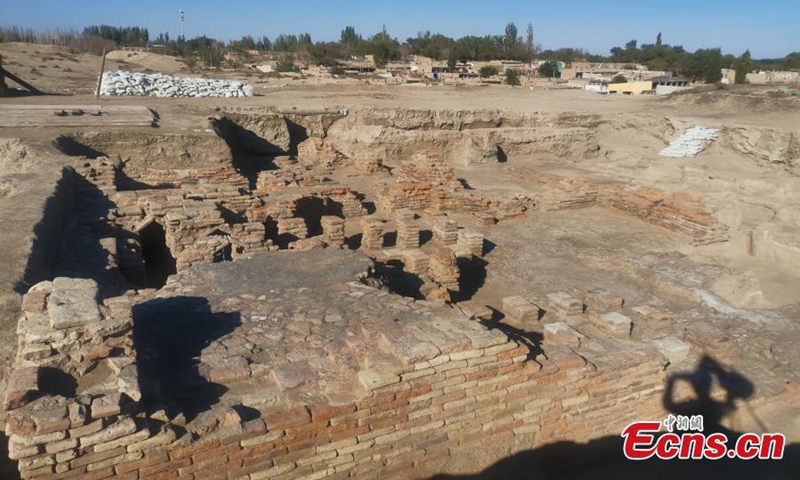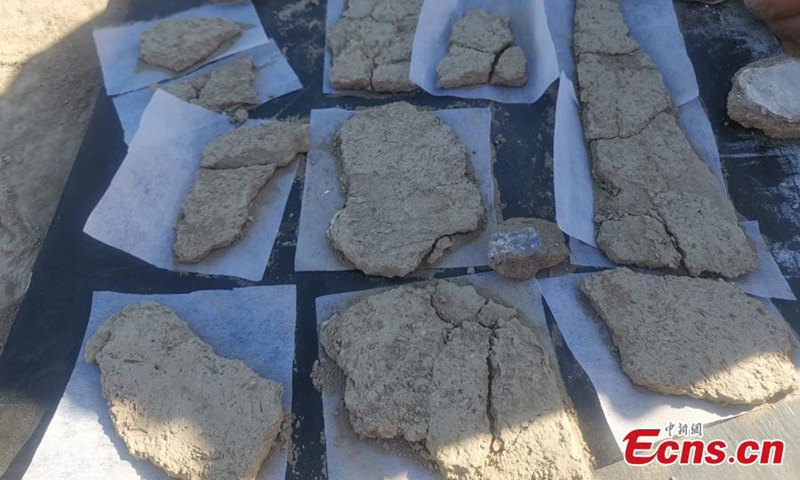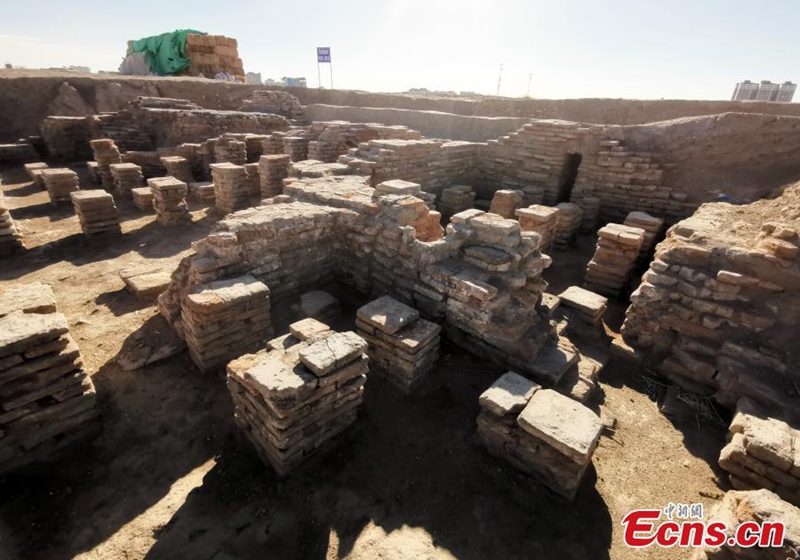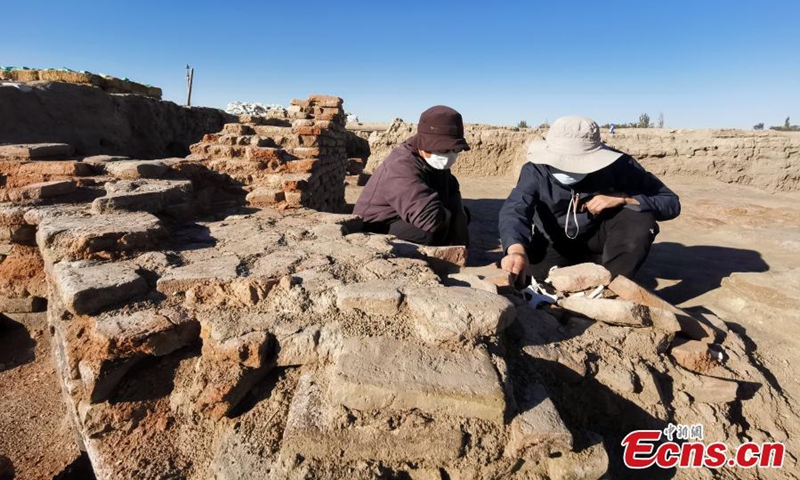
Photo taken on Oct. 7, 2022 shows the Tangchaodun (or Tang Dynasty mound) ruins in Qitai County, the Hui Autonomous Prefecture of Changji, northwest China's Xinjiang Uyghur Autonomous Region. Tangchaodun in Qitai county, near the eastern section of Tianshan Mountains, was built in the 14th year of Tang Zhenguan (640) and played a pivotal role until the Yuan Dynasty (1271-1368).(Photo: China News Service/An Tao)

Photo taken on Oct. 7, 2022 shows the Tangchaodun (or Tang Dynasty mound) ruins in Qitai County, the Hui Autonomous Prefecture of Changji, northwest China's Xinjiang Uyghur Autonomous Region. (Photo: China News Service/An Tao)

Photo taken on Oct. 7, 2022 shows the Tangchaodun (or Tang Dynasty mound) ruins in Qitai County, the Hui Autonomous Prefecture of Changji, northwest China's Xinjiang Uyghur Autonomous Region. (Photo: China News Service/An Tao)

Photo taken on Oct. 7, 2022 shows the Tangchaodun (or Tang Dynasty mound) ruins in Qitai County, the Hui Autonomous Prefecture of Changji, northwest China's Xinjiang Uyghur Autonomous Region. (Photo: China News Service/An Tao)

Archeologists work at the discovery site of the Tangchaodun ruins in Qitai, County, the Hui Autonomous Prefecture of Changji, northwest China's Xinjiang Uyghur Autonomous Region. (Photo: China News Service/An Tao)

Archeologists work at the discovery site of the Tangchaodun ruins in Qitai, County, the Hui Autonomous Prefecture of Changji, northwest China's Xinjiang Uyghur Autonomous Region. (Photo: China News Service/An Tao)

An archeologist works at the discovery site of the Tangchaodun ruins in Qitai, County, the Hui Autonomous Prefecture of Changji, northwest China's Xinjiang Uyghur Autonomous Region. (Photo: China News Service/An Tao)



